Ceiling Fan-with-Light Showdown: DC vs AC Motors - Which Is Better for Your Singapore Home?
Table Of Contents
- Introduction
- Understanding AC and DC Motors in Ceiling Fans
- Energy Efficiency and Cost Savings
- Performance Comparison
- Noise Levels and Silent Operation
- Lighting Options and Integration
- Installation Considerations
- Smart Features and Controls
- Price Points and Value Assessment
- Why Motor Type Matters in Singapore's Climate
- Conclusion
Ceiling Fan-with-Light Showdown: DC vs AC Motors - Which Is Better for Your Singapore Home?
When shopping for a ceiling fan with integrated lighting for your Singapore home, you'll quickly encounter a fundamental choice: AC or DC motor. While both motor types will keep you cool and illuminate your space, they differ significantly in energy efficiency, performance, and features. As Singapore's temperatures remain consistently high year-round, selecting the right ceiling fan becomes an essential investment in your home comfort.
At Loft Home, we understand that ceiling fans are both functional necessities and statement pieces in Singapore's modern interiors. The motor type forms the heart of every ceiling fan, directly impacting everything from energy consumption and noise levels to smart home compatibility and operational costs. This comprehensive guide will help you understand the key differences between DC and AC motor ceiling fans with lights, empowering you to make the best choice for your specific needs and interior design preferences.
DC vs AC Ceiling Fans with Lights
Which is Better for Your Singapore Home?
DC Motor Fans
Newer Technology-
✓
Energy Efficiency
70-80% less power consumption (25-35W)
-
✓
Speed Options
6-9 speed settings for precise control
-
✓
Noise Level
Ultra quiet (<35dB) operation
-
✓
Smart Features
Smart home compatible, app control
-
✓
Lighting Options
Advanced dimmable LEDs with color temperature control
-
!
Price Range
$300-$1000 (Premium investment)
AC Motor Fans
Traditional Technology-
!
Energy Efficiency
Higher power consumption (75-90W)
-
!
Speed Options
Typically limited to 3 speeds
-
!
Noise Level
Noticeable humming, especially as it ages
-
!
Smart Features
Basic controls, limited smart integration
-
!
Lighting Options
Standard lighting, limited dimming capability
-
✓
Price Range
$150-$300 (Budget-friendly)
Energy Savings in Singapore's Climate
Monthly Savings
$10-15
For 8 hours daily use
ROI Timeframe
2-3 Years
DC fan pays for itself
Which Fan Type is Right for Your Home?
Choose DC Fans If You:
- Run fans for extended hours in Singapore's year-round heat
- Value silent operation for bedrooms and study areas
- Need smart home integration with voice control
- Prefer precise airflow control with multiple speed options
- Plan long-term occupancy to recoup initial investment
Choose AC Fans If You:
- Have budget constraints requiring lower upfront cost
- Need simple installation without additional receivers
- Want proven reliability with traditional technology
- Use fans intermittently rather than continuously
- Are furnishing rental properties or planning short-term residence
Why Motor Choice Matters in Singapore
Year-Round Usage
Singapore's consistent heat means fans often run 8+ hours daily all year
Humidity Resistance
DC motors show better durability in Singapore's 70-90% humidity levels
AC Enhancement
Precise DC fan control can improve air conditioning efficiency by up to 40%
Understanding AC and DC Motors in Ceiling Fans
Before diving into comparisons, it's important to understand what AC and DC actually mean in the context of ceiling fans with lights.
AC (Alternating Current) motors have been the traditional standard in ceiling fans for decades. They operate directly on the home's standard 220-240V alternating current electricity supply in Singapore. These motors are known for their simplicity, reliability, and lower upfront cost. AC motors use electromagnetic induction to convert electrical energy into mechanical energy, driving the fan blades.
DC (Direct Current) motors represent newer technology in ceiling fans. These motors use rectifiers to convert your home's AC current into DC power. This conversion allows for more precise control over the motor's operations. DC motors employ magnets and electronic commutation systems rather than brushes, resulting in more efficient operation with less friction and heat generation.
The fundamental difference between these motor types directly influences virtually every aspect of the ceiling fan's performance, from energy consumption to functionality.
Energy Efficiency and Cost Savings
In Singapore's tropical climate where fans often run for extended hours, energy efficiency becomes particularly significant both for environmental considerations and utility bills.
DC motor ceiling fans are the clear winners in energy efficiency, typically consuming 70-80% less electricity than comparable AC models. A standard DC ceiling fan might use as little as 25-35 watts at full speed, while an equivalent AC model could consume 75-90 watts. This efficiency stems from DC motors' inherent design that minimizes energy loss during operation.
For perspective, running a DC fan with light for 8 hours daily might save approximately $10-15 per month on your electricity bill compared to an AC model. While this may seem modest initially, it accumulates to significant savings over the fan's lifespan—often offsetting the higher purchase price of DC models within 2-3 years of regular use in Singapore's climate where fans frequently operate year-round.
Additionally, the energy efficiency advantage extends to the integrated lighting systems. DC motor fans typically pair with more advanced LED lighting options that consume less power while providing equivalent or superior illumination compared to traditional lighting in AC fans.
Performance Comparison
Performance differences between AC and DC motor ceiling fans become apparent in several key areas that affect day-to-day usage.
DC motors offer significantly more speed options—typically 6-9 different settings compared to the standard 3 speeds of most AC fans. This granular control allows you to fine-tune airflow precisely to your comfort needs, especially valuable in Singapore's consistent climate where subtle adjustments can make a significant difference in comfort.
The torque characteristics also differ between the two motor types. DC motors deliver consistent torque across all speed settings, ensuring stable performance even at the lowest speeds. In contrast, AC motors may experience torque reduction at lower speeds, sometimes resulting in less consistent airflow. This difference becomes particularly noticeable in larger rooms where maintaining consistent air circulation is important.
Another performance advantage of DC motors is their ability to start and operate effectively at very low speeds. AC motors typically require a minimum threshold of power to start rotation, limiting how slow they can effectively operate. DC fans can maintain rotation at speeds as low as 20-30 RPM, creating gentle air movement that's perfect for nighttime use or when just a slight breeze is desired.
Noise Levels and Silent Operation
For many Singapore homeowners living in condominiums or HDB flats where space is at a premium, noise levels from ceiling fans can significantly impact comfort, especially during sleep or quiet activities.
DC motor ceiling fans generally operate much more quietly than their AC counterparts. The electronic commutation system in DC motors eliminates the humming and clicking sounds often associated with AC motors. At lower speeds, many premium DC fans operate at nearly whisper-quiet levels below 35 decibels—comparable to the background noise in a library.
This noise advantage becomes more pronounced over time. As fans age, AC motors tend to develop additional operational noise due to wear on their mechanical components. DC motors, with fewer friction points and moving parts, typically maintain their quiet operation throughout their lifespan.
The noise factor is particularly relevant when considering bedroom installations, where the difference between a quiet DC fan and a humming AC fan can directly impact sleep quality—a crucial consideration in Singapore's warm nights when fans often run continuously.
Lighting Options and Integration
Ceiling fans with integrated lights serve dual purposes in Singapore homes, and the motor type influences lighting capabilities in several important ways.
DC motor fans typically offer more advanced lighting options, including dimmable LED systems with color temperature adjustment. Many premium DC models feature separate controls for fan speed and light brightness, allowing precise adjustment of both functions. Some advanced models even offer programmable lighting scenes or sleep timers for the lights.
AC motor fans generally come with more basic lighting options, often with non-dimmable lights or limited brightness settings. While some higher-end AC fans do offer dimmable lights, the dimming range and smoothness typically don't match DC models.
Light quality also tends to differ between the two types. DC fans frequently incorporate higher-quality LED systems with better color rendering indexes (CRI), making colors appear more natural and vibrant—an important consideration for living spaces where accurate color representation enhances your home décor and living room aesthetics.
Installation Considerations
When it comes to installing ceiling fans with lights in Singapore homes, there are several key differences between AC and DC models that may influence your decision.
AC motor fans typically have simpler wiring requirements that align with standard residential electrical systems. Most electricians and handymen in Singapore are familiar with AC fan installation, making the process straightforward. However, AC fans often require separate wiring for fan and light controls if independent operation is desired.
DC motor fans usually require the installation of a receiver unit that converts AC to DC power. This receiver is typically concealed in the fan's canopy or mounting bracket. While this adds a step to the installation process, it enables more advanced control options. The receiver also serves as the communication hub for remote controls and smart home integration.
Weight and mounting requirements can also differ. DC motor fans tend to be lighter than equivalent AC models, potentially making installation easier and putting less strain on ceiling mounts. This lighter weight makes DC fans particularly suitable for installation in bedrooms with false ceilings or decorative ceiling treatments often found in modern bedroom designs in Singapore.
Smart Features and Controls
As Singapore homes increasingly embrace smart technology, the control capabilities of ceiling fans become an important consideration for modern living.
DC motor fans excel in smart functionality, with many models offering integration with home automation systems like Google Home, Amazon Alexa, or Apple HomeKit. These integrations allow voice control of both fan speed and lighting, as well as incorporation into automated routines (such as gradually dimming lights while slowing fan speed in the evening).
The remote controls provided with DC fans typically offer more advanced functions, including sleep timers, preset modes, and memory functions that remember your preferred settings. Many DC fans also offer mobile app control, allowing adjustment from anywhere via smartphone.
AC motor fans generally feature more basic control options. While remote-controlled AC fans are widely available, they typically offer fewer speed settings and more limited programming options. Smart home integration is less common in AC models, though some premium versions do offer this functionality through add-on receivers.
For tech-savvy Singapore homeowners looking to create integrated smart living environments, the advanced control capabilities of DC fans represent a significant advantage that complements contemporary living room and study room setups.
Price Points and Value Assessment
The cost difference between AC and DC ceiling fans with lights represents one of the most significant factors in the purchasing decision for many Singapore homeowners.
AC motor ceiling fans with lights are generally more affordable, with quality models available starting from $150-200. These fans offer reliable performance and standard features at accessible price points, making them popular choices for budget-conscious renovations or investment properties.
DC motor ceiling fans with lights typically command premium prices, usually starting from $300-400 for quality models. This higher initial investment reflects their advanced technology, superior energy efficiency, and expanded feature sets. Premium DC models with designer aesthetics and advanced lighting systems can range from $500-1000 or more.
When assessing value, it's important to consider the total cost of ownership rather than just the purchase price. A DC fan's energy savings can offset its higher initial cost within a few years of regular use in Singapore's climate. Additionally, DC fans typically offer longer warranties (often 5-10 years compared to 2-3 years for AC models) and longer expected lifespans due to their reduced mechanical wear.
For homeowners planning to stay in their property long-term, the premium for DC technology often represents a sound investment that delivers better performance while potentially saving money over time. For short-term residency or rental properties, AC fans may offer better immediate value.
Why Motor Type Matters in Singapore's Climate
Singapore's hot, humid climate creates unique considerations that make motor selection particularly relevant for optimal comfort and efficiency.
With year-round high temperatures and humidity levels typically between 70-90%, ceiling fans in Singapore often operate for extended hours daily. This continuous operation magnifies the energy efficiency advantage of DC motors, potentially resulting in more substantial savings than in temperate climates where fan use is seasonal.
The consistent humidity also affects motor longevity. DC motors, with fewer friction points and lower operating temperatures, generally show better resistance to humidity-related issues like corrosion and component degradation. This translates to more reliable performance in Singapore's challenging climate.
The ability of DC fans to maintain consistent operation at very low speeds becomes particularly valuable during Singapore's occasional cooler evenings or during monsoon seasons when just a gentle air movement is desired. This versatility allows the fan to remain useful across Singapore's various weather conditions throughout the year.
For households using air conditioning alongside ceiling fans (a common energy-saving strategy in Singapore), the precise speed control of DC fans allows for optimal air circulation that can enhance air conditioner efficiency by up to 40% when properly coordinated, further amplifying energy savings in the home.
Conclusion: Making the Right Choice for Your Singapore Home
When deciding between a DC or AC motor ceiling fan with lights for your Singapore home, several factors should guide your decision.
DC motor fans represent the superior choice for energy efficiency, quiet operation, control options, and smart home integration. They excel in situations where the fan will see extensive use, precision control is valued, or noise minimization is important. Despite their higher initial cost, they often deliver better long-term value through energy savings and extended lifespan.
AC motor fans remain relevant for their affordability, simplicity, and reliability. They represent practical choices for budget-conscious projects, rental properties, or spaces where the fan will see only occasional use. Their straightforward technology has stood the test of time and continues to offer dependable performance.
For most Singapore homes where ceiling fans operate daily throughout the year, the investment in DC technology typically pays dividends in comfort, convenience, and long-term cost savings. The added benefits of quieter operation and advanced lighting control enhance the living experience in ways that extend beyond simple air circulation.
Ultimately, the right choice depends on your specific needs, budget constraints, and how the ceiling fan will integrate with your overall home design and automation strategy. By weighing these factors against the differences outlined in this guide, you can make an informed decision that balances immediate costs against long-term benefits for your unique situation.
Visit Loft Home to explore our curated selection of quality ceiling fans and designer lighting options that perfectly complement your Singapore home's interior design. Our expert team is ready to help you select the ideal combination of functionality and style for every room in your home.


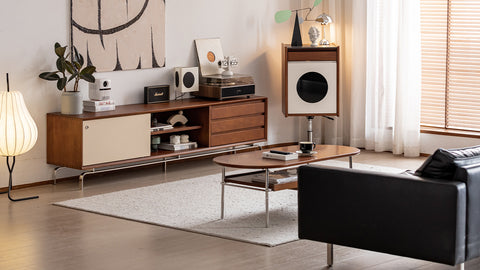

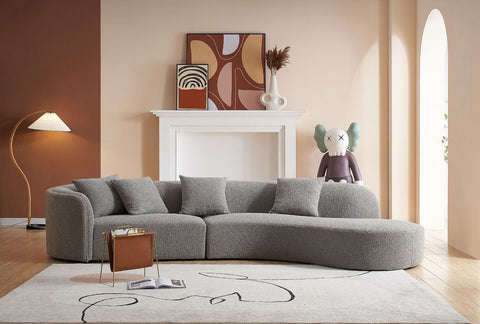
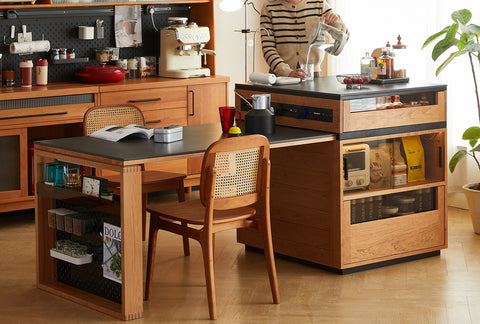







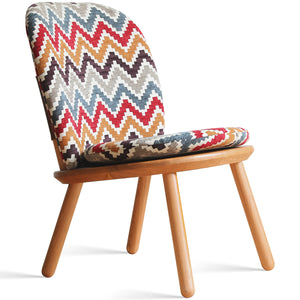
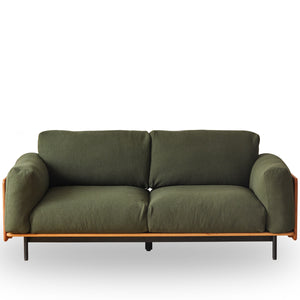

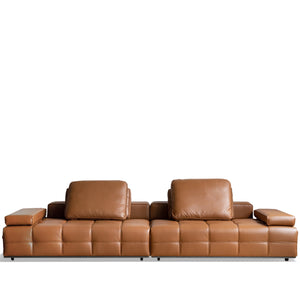
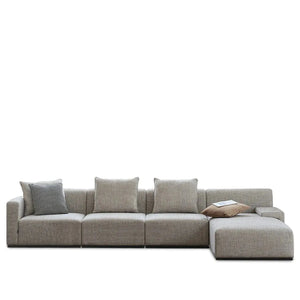
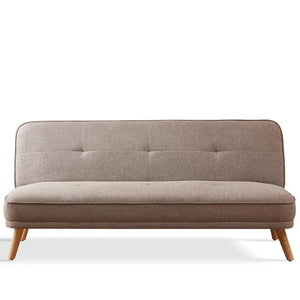
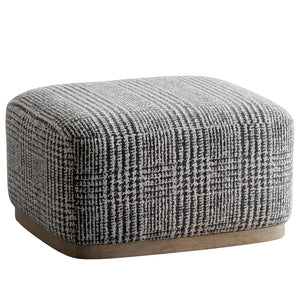



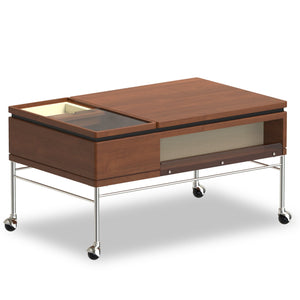
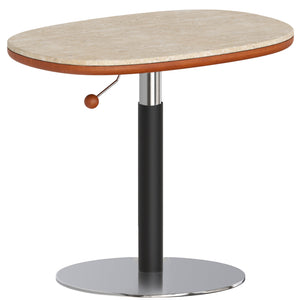
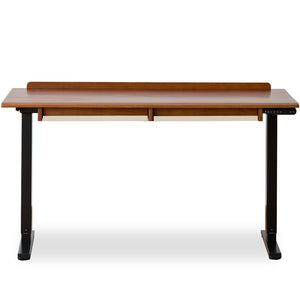


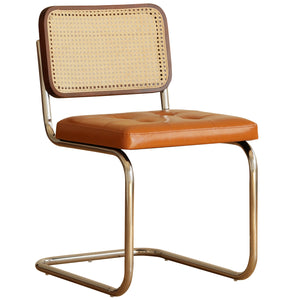
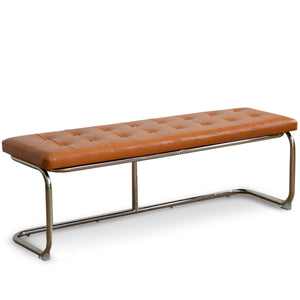
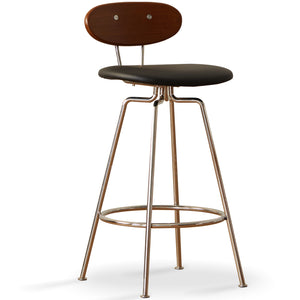
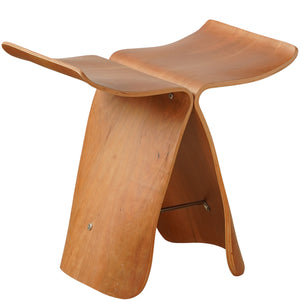
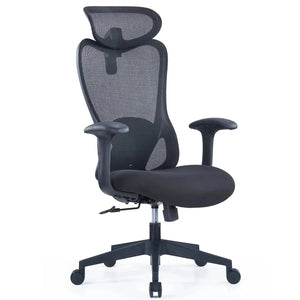

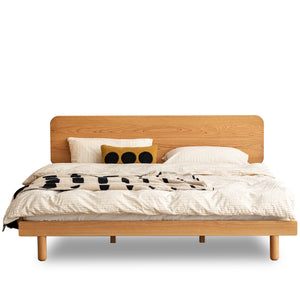
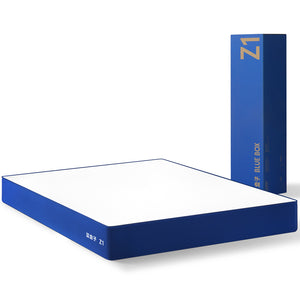

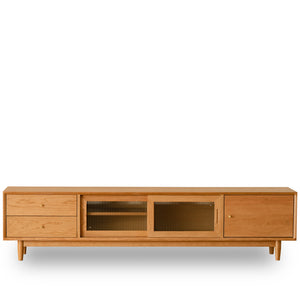
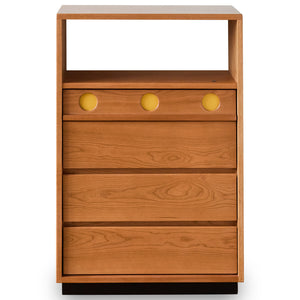
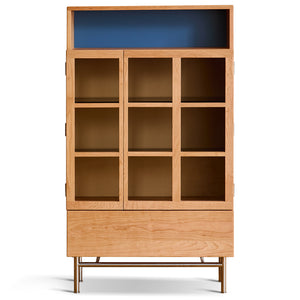

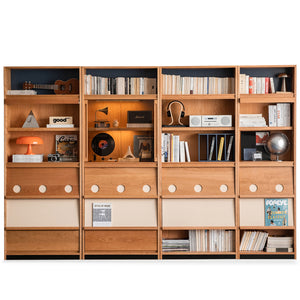


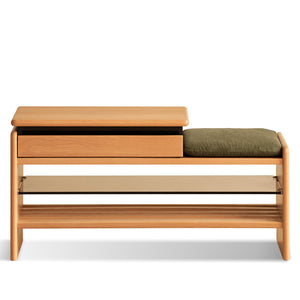
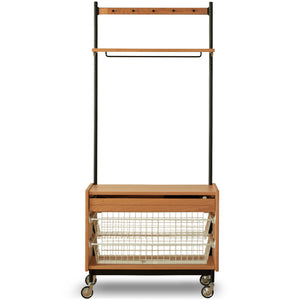






















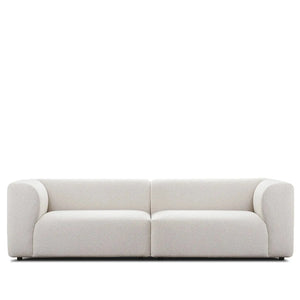






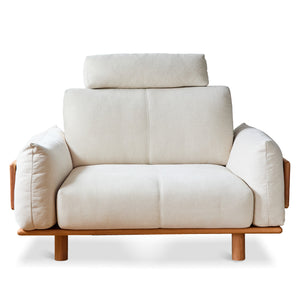
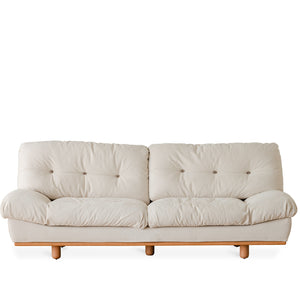
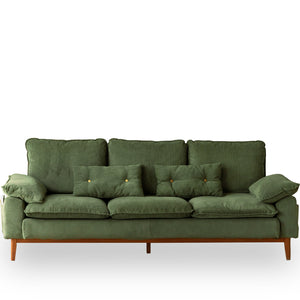
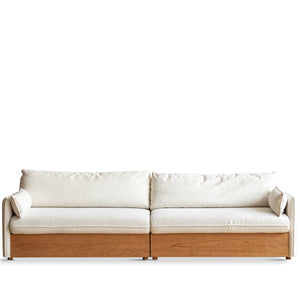
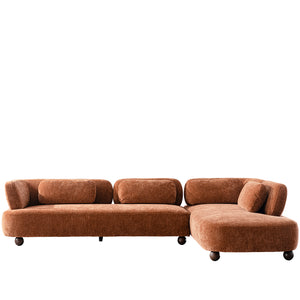
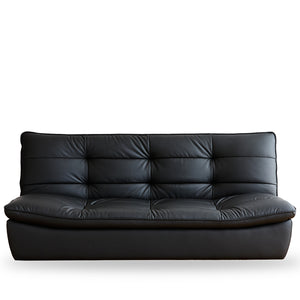


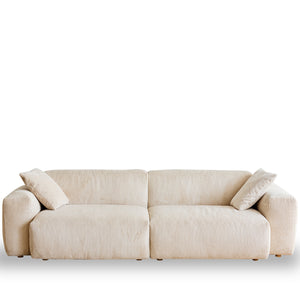

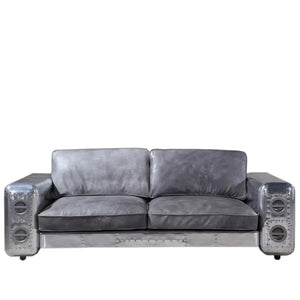
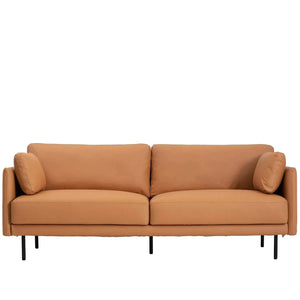
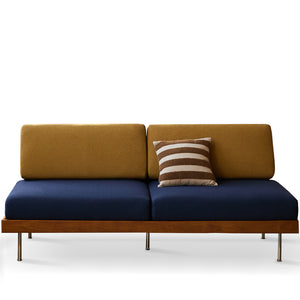



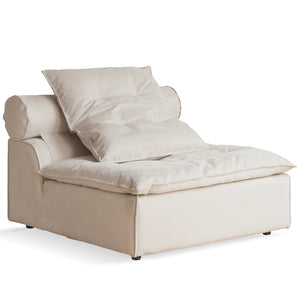
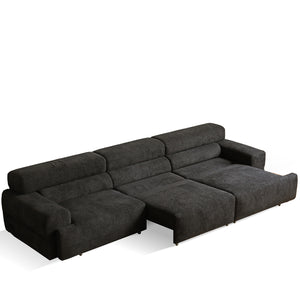
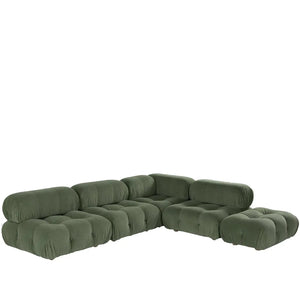
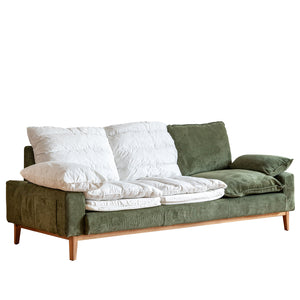
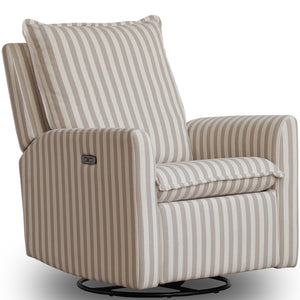


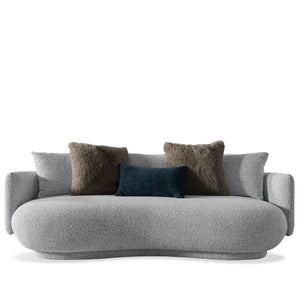


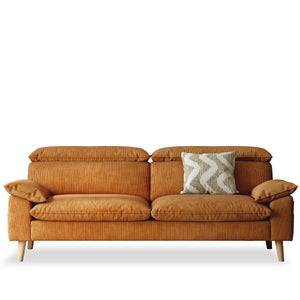


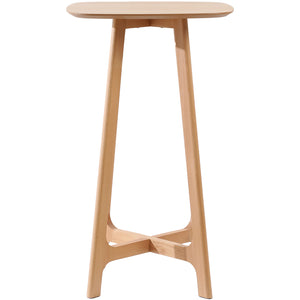
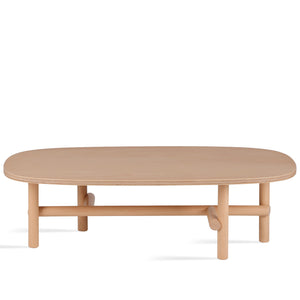
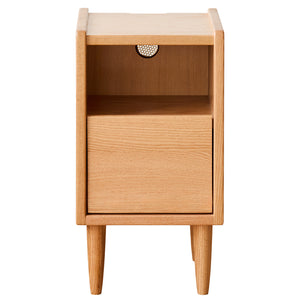





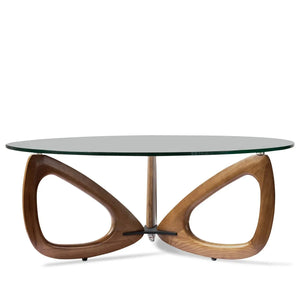

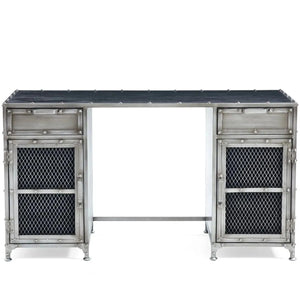
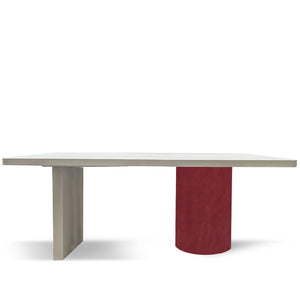


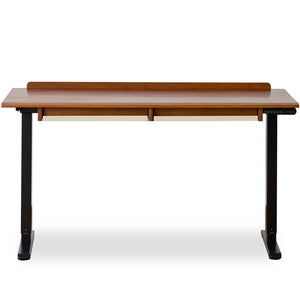
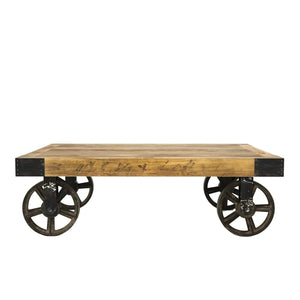
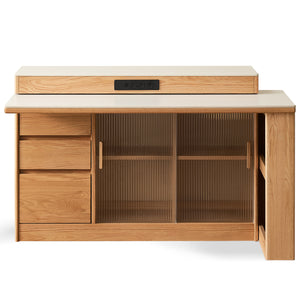
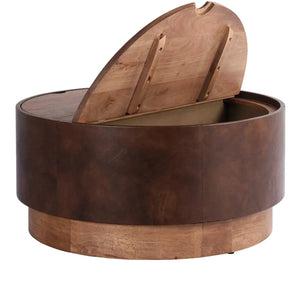


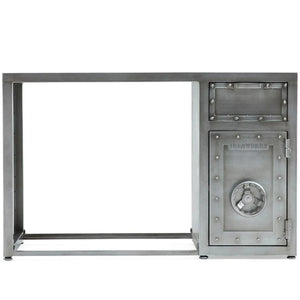
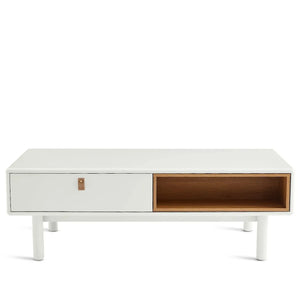
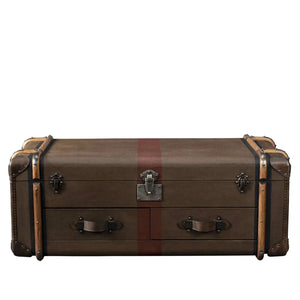
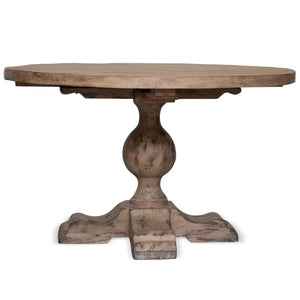


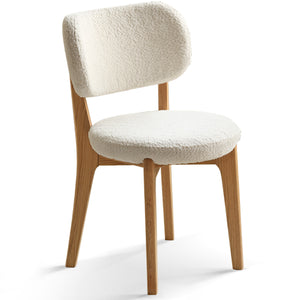
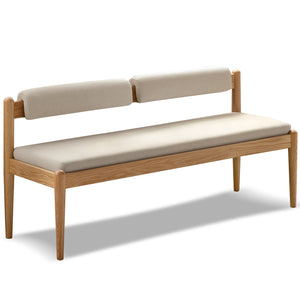
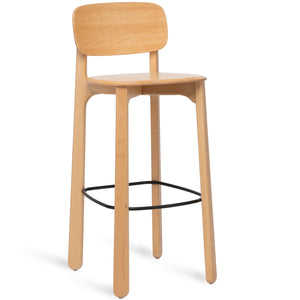
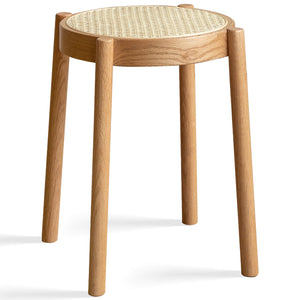
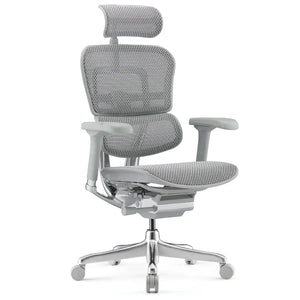

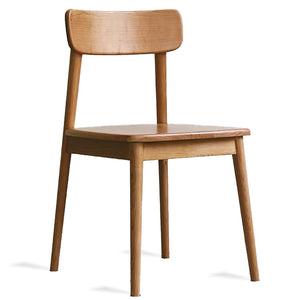
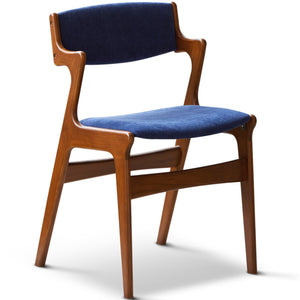

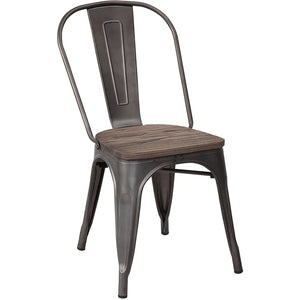
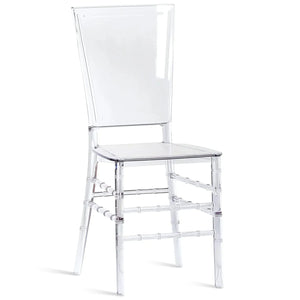
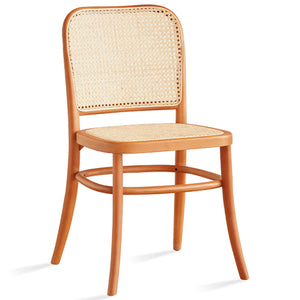



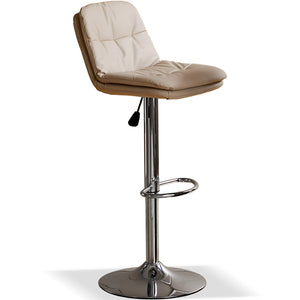

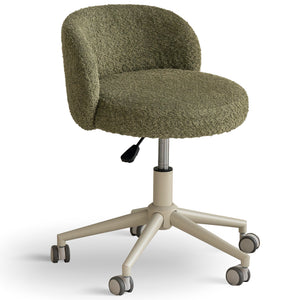
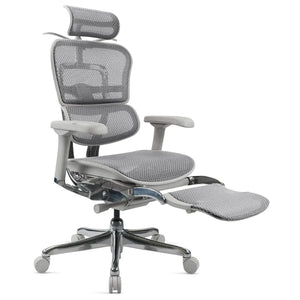

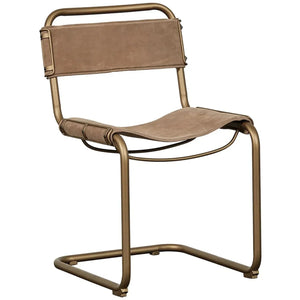
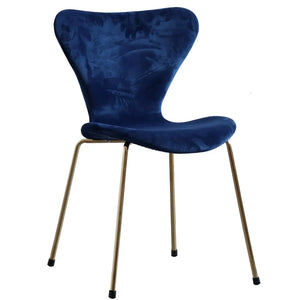
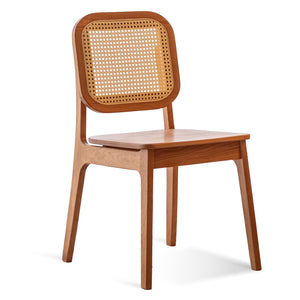
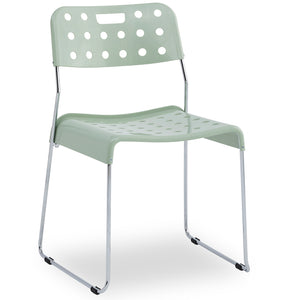
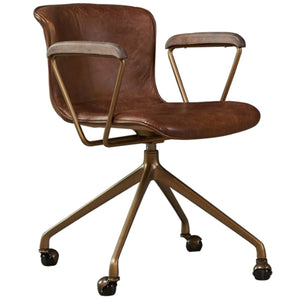


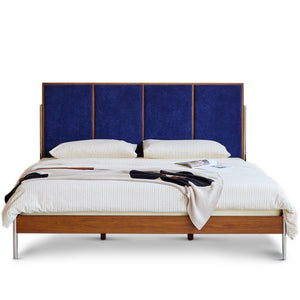

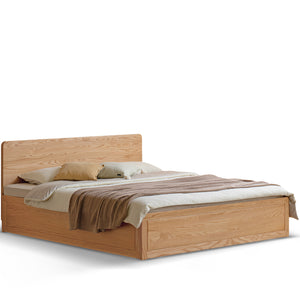
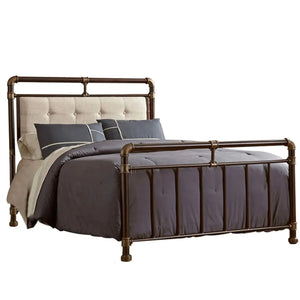

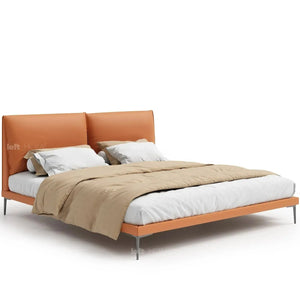
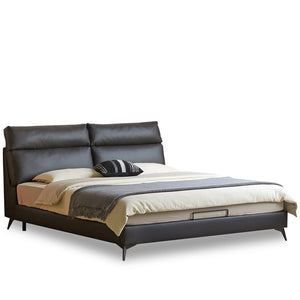
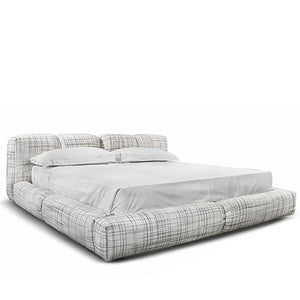

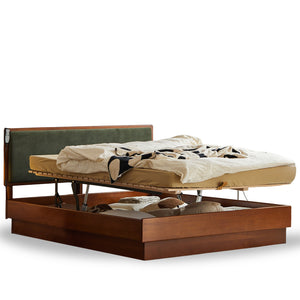
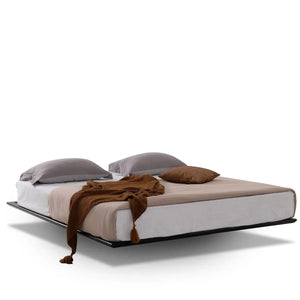
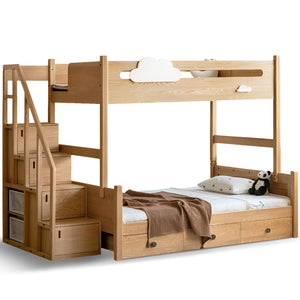
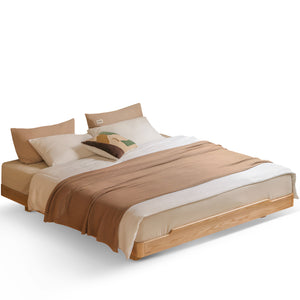







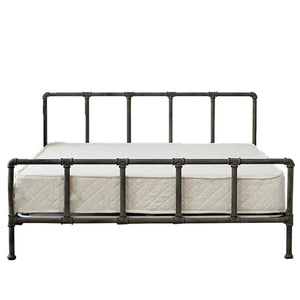

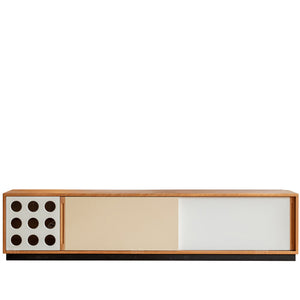

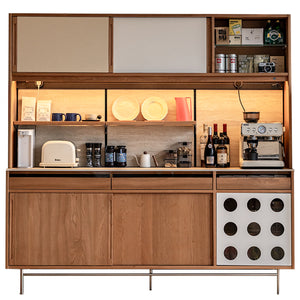
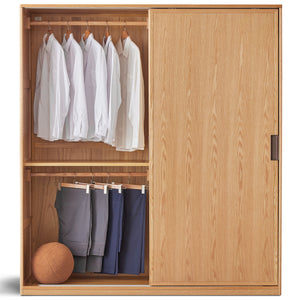
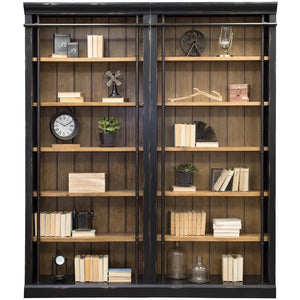
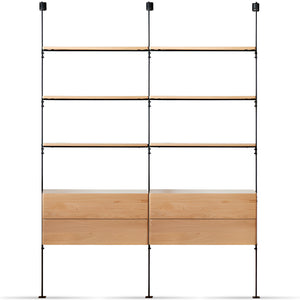
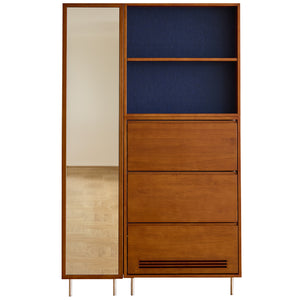

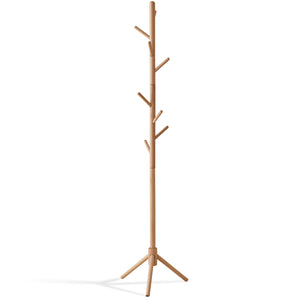

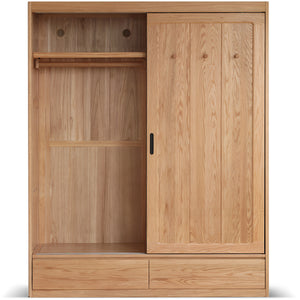
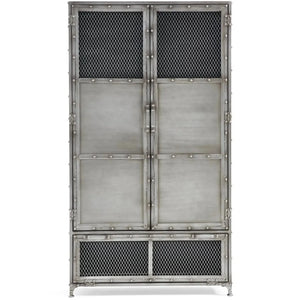
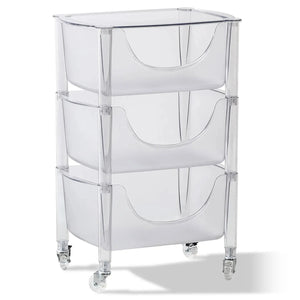

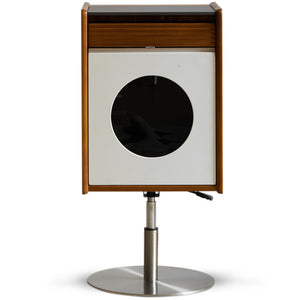
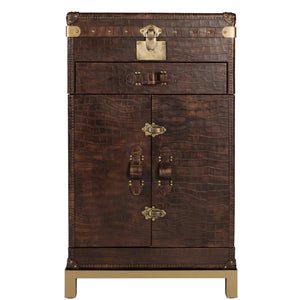


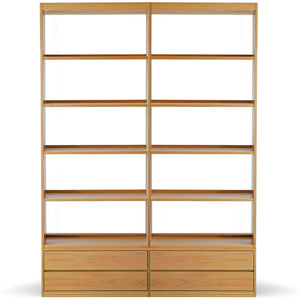
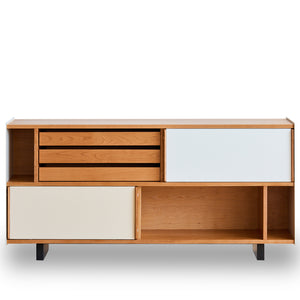
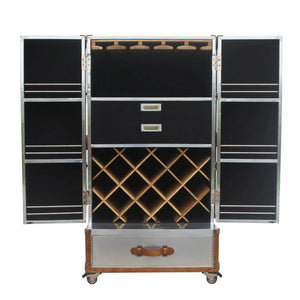
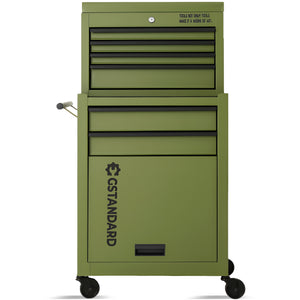
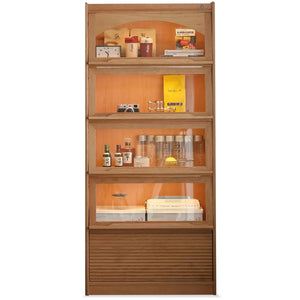

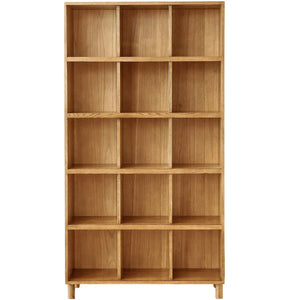
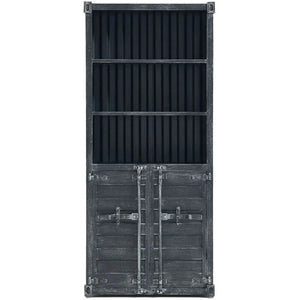
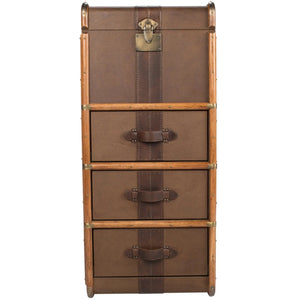
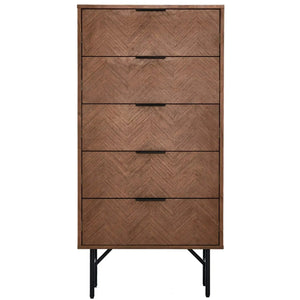
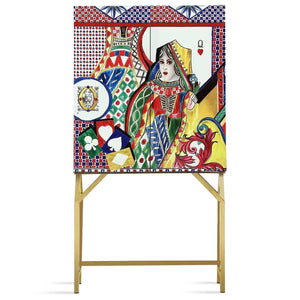
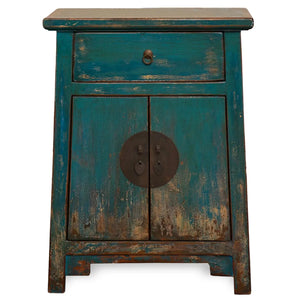



























































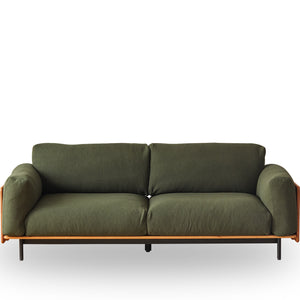

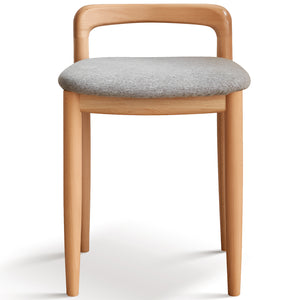
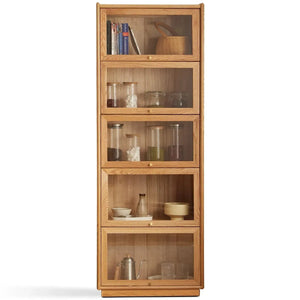



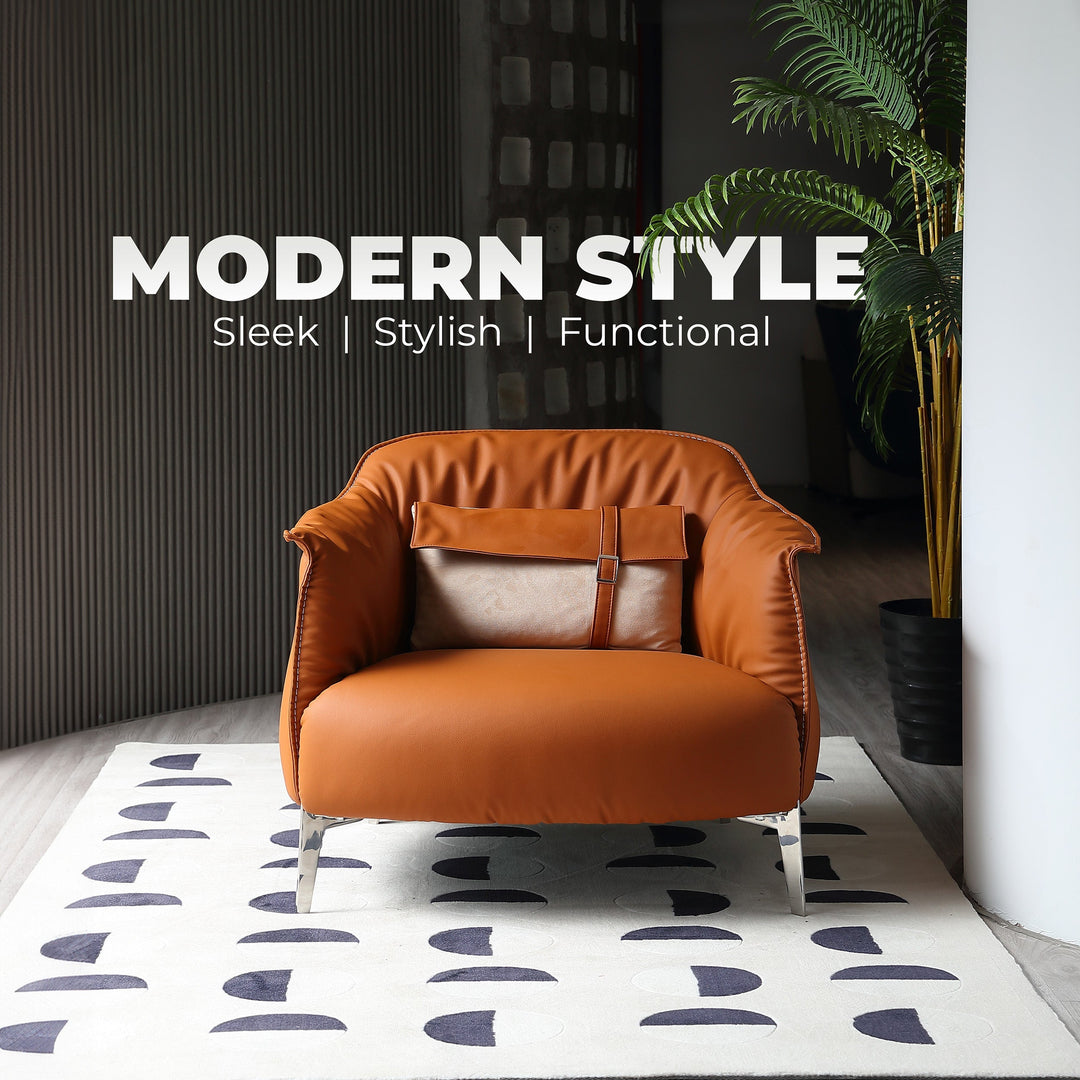
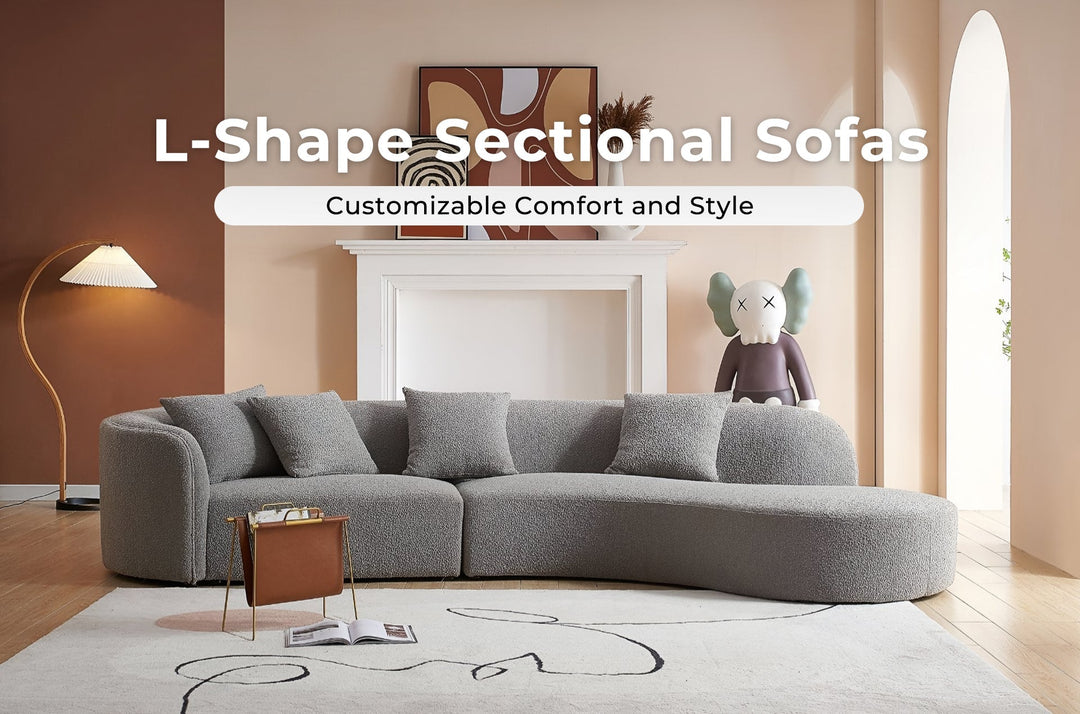


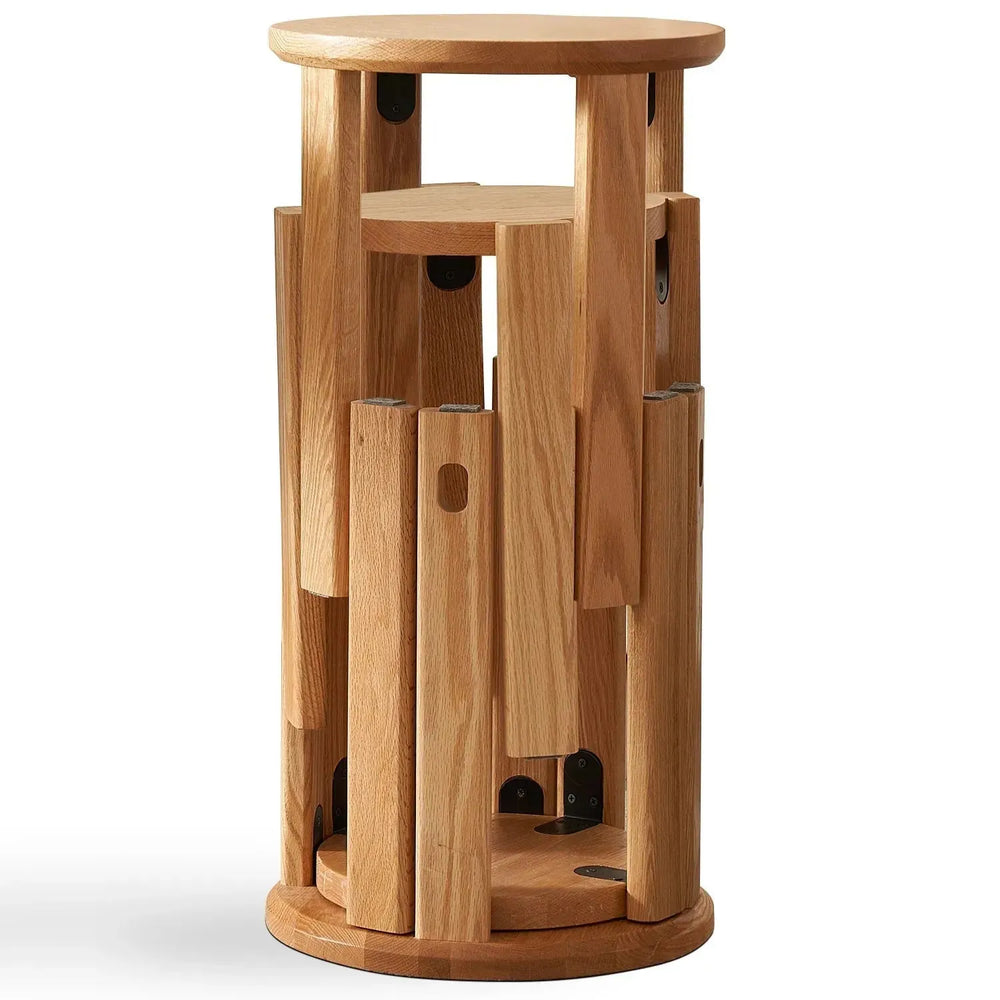



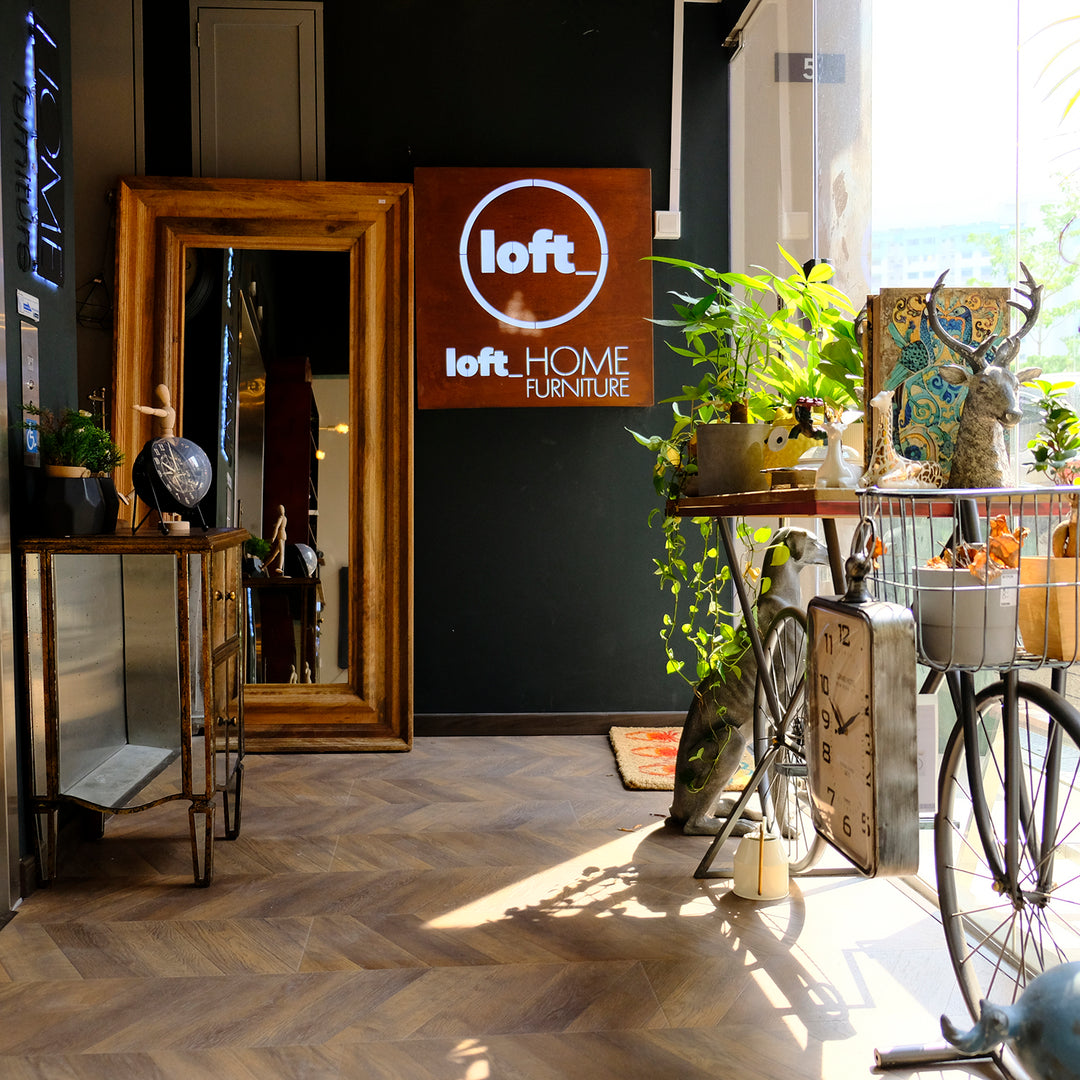
Leave a comment